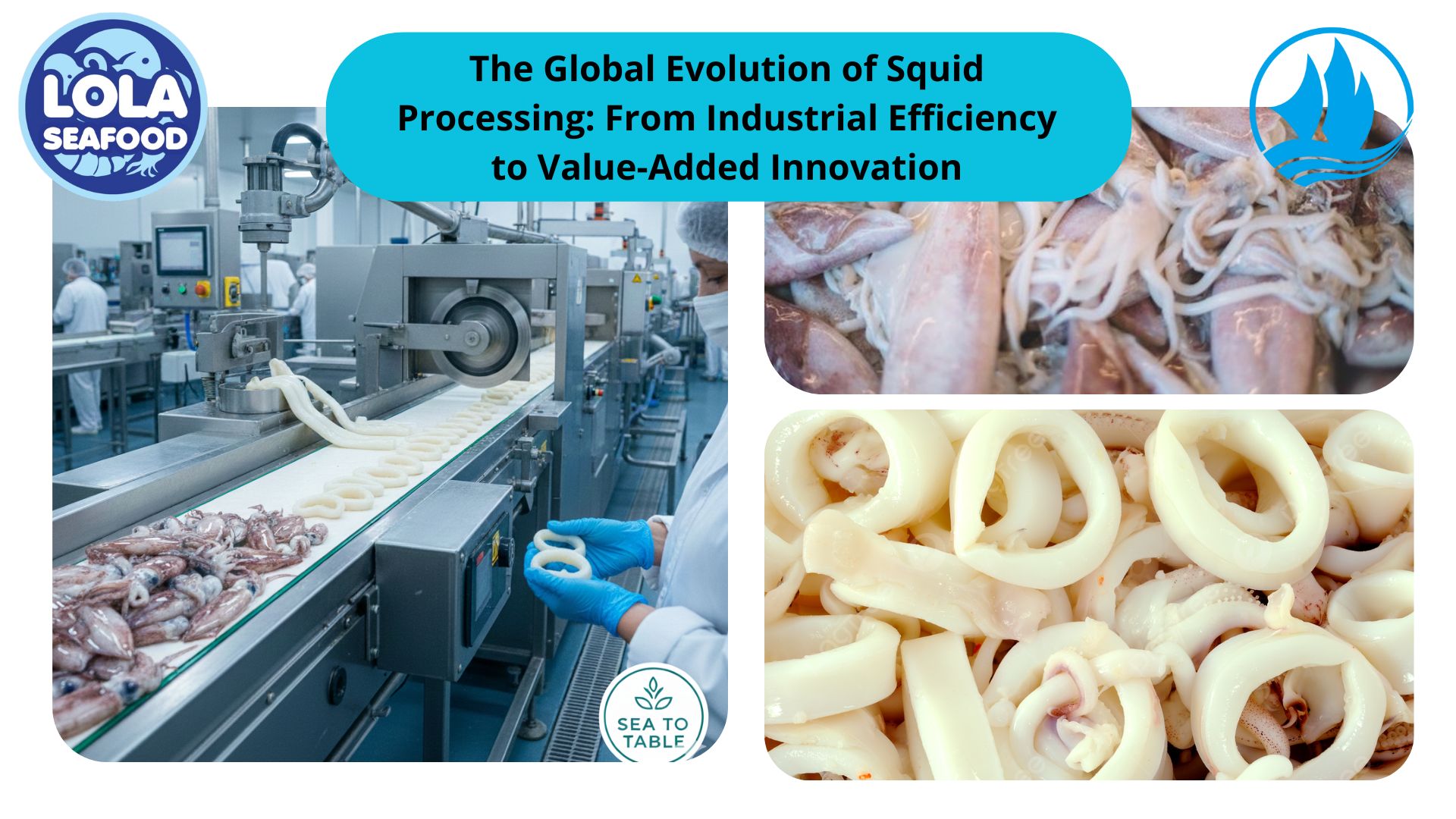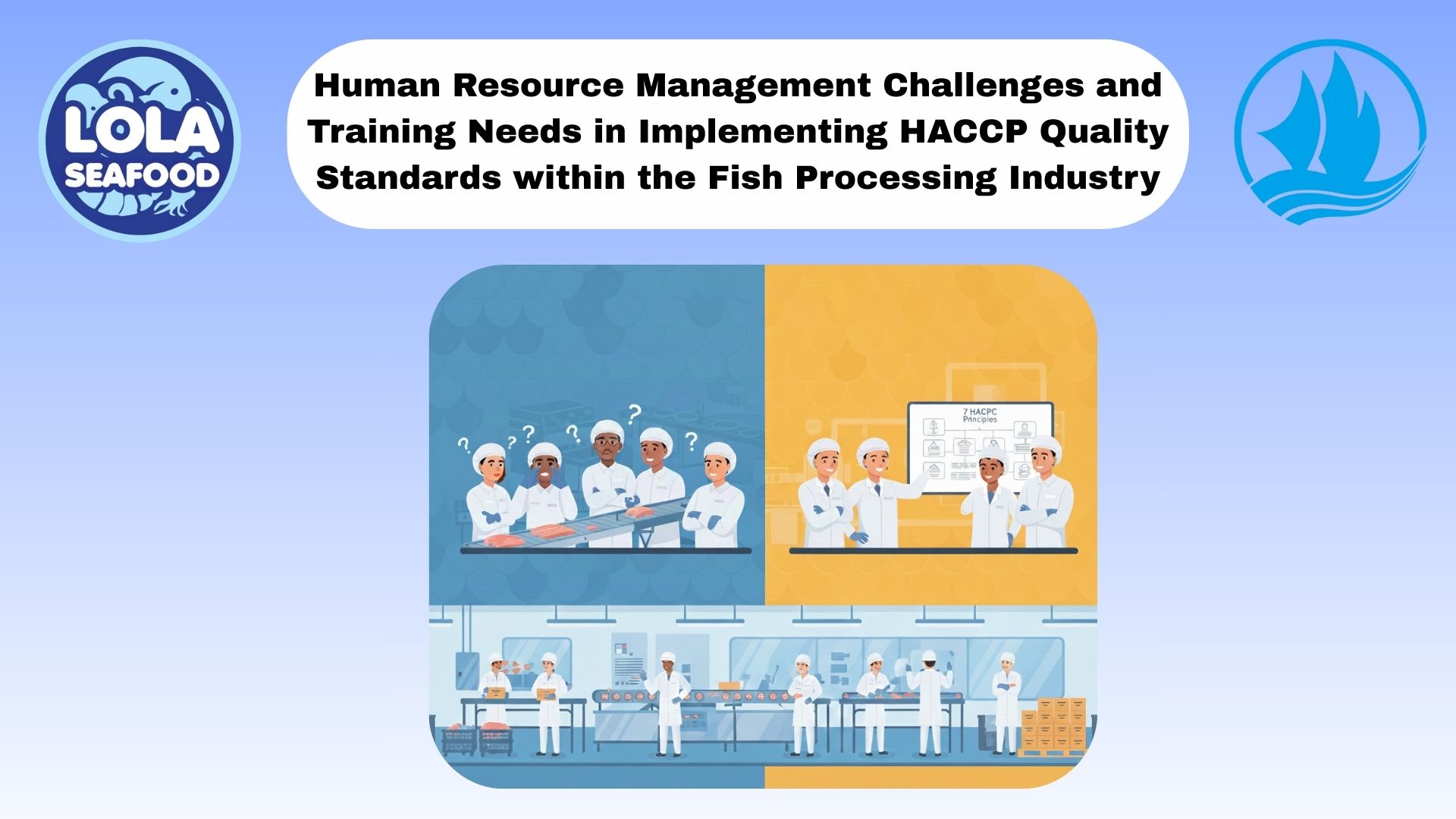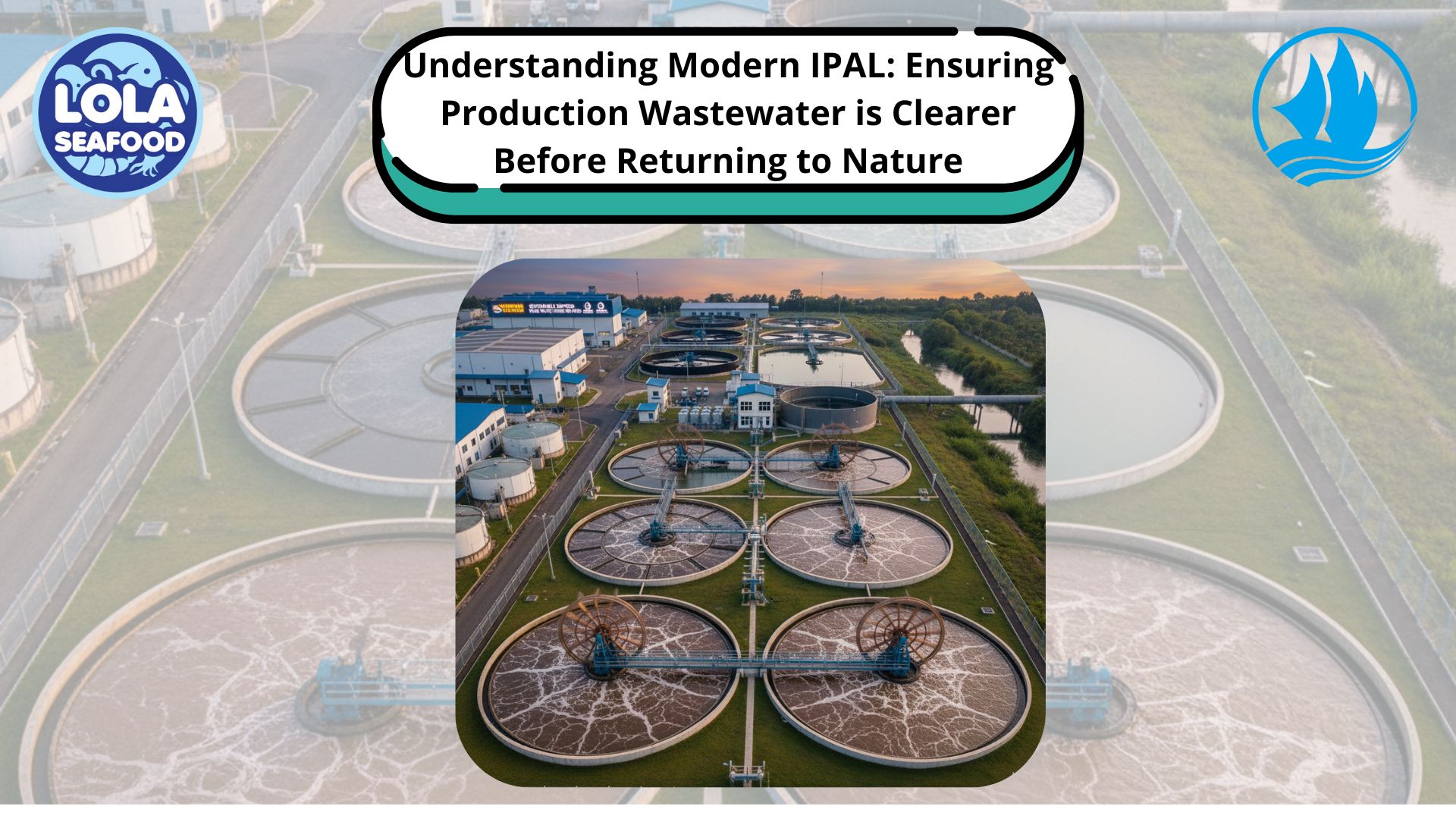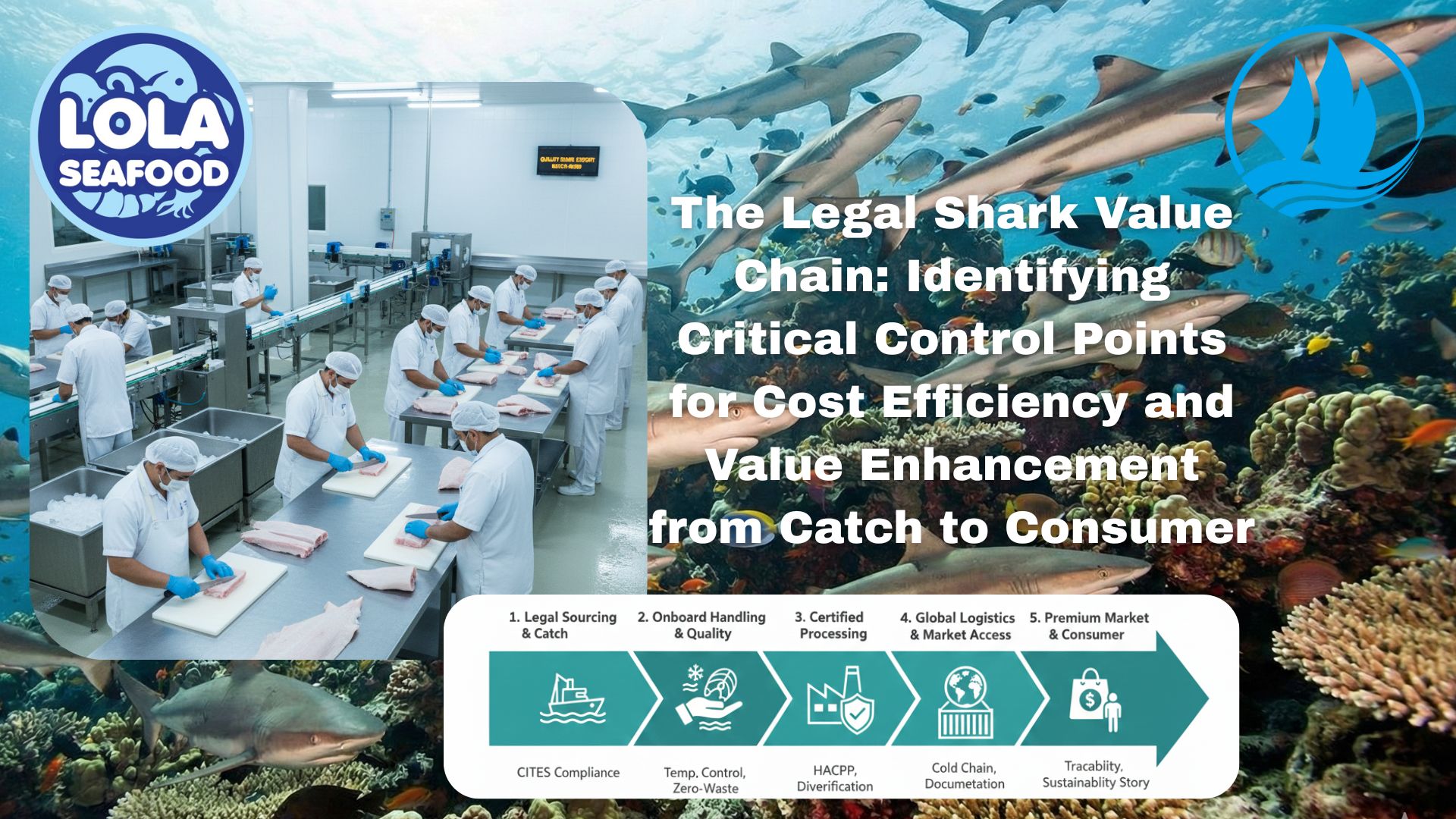Modern Preservation Techniques for Seafood
By. Najih - 17 Sep 2024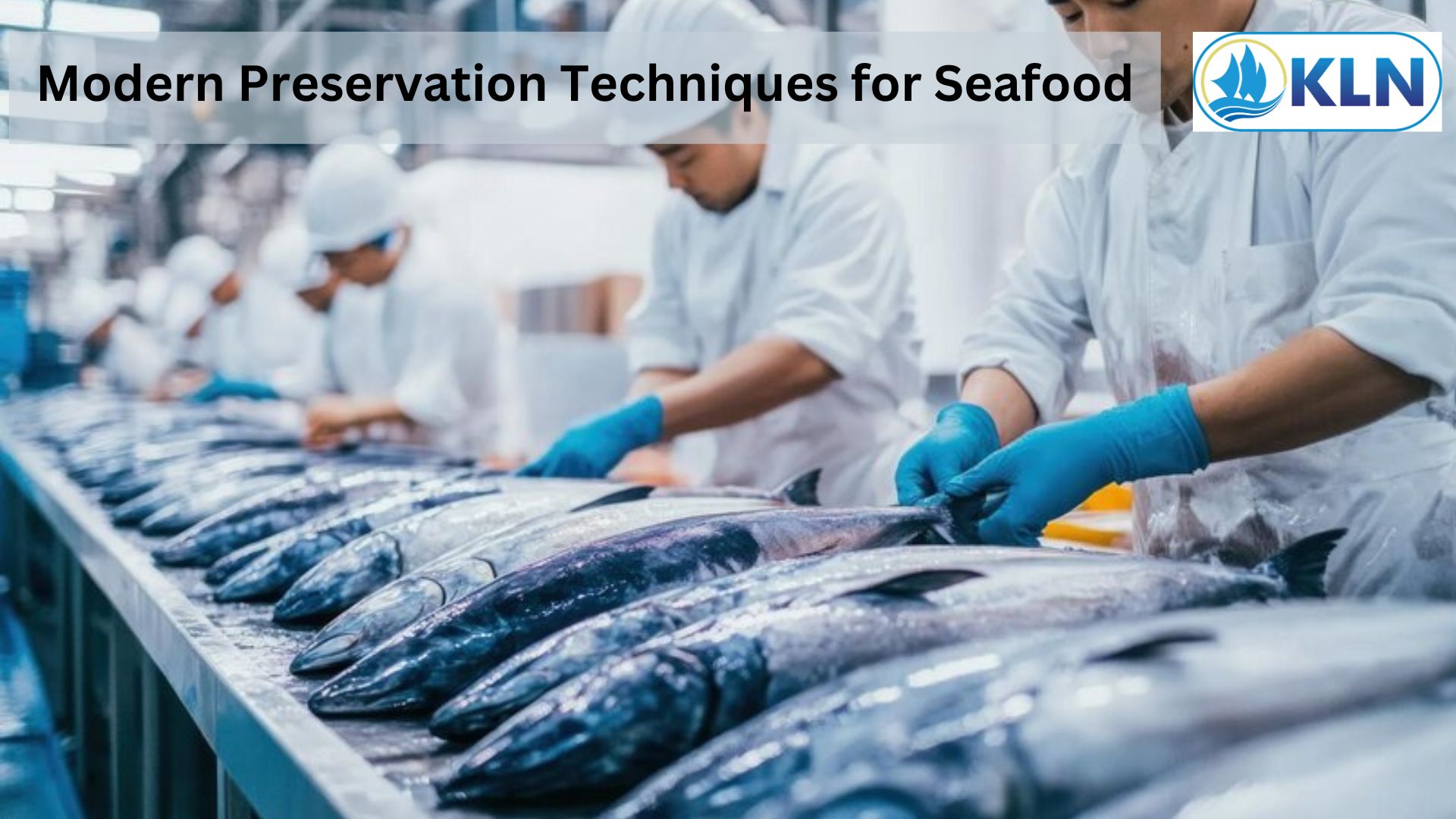
Preserving seafood is crucial for extending shelf life, maintaining quality, and ensuring food safety. Modern preservation techniques, including freezing and canning, have revolutionized the seafood industry by providing effective solutions to preserve fish products. Here’s a detailed look at these methods and their benefits.
1. Freezing
Freezing is one of the most commonly used methods for preserving seafood. It works by lowering the temperature of seafood to below freezing point, which halts the growth of microorganisms and slows down enzymatic processes that lead to spoilage. Modern freezing techniques, such as flash freezing or blast freezing, have improved the quality and texture of frozen seafood. These methods rapidly lower the temperature, minimizing ice crystal formation, which helps in preserving the texture and flavor of the fish.
2. Canning
Canning is another effective preservation method that involves sealing seafood in cans or jars and then heating it to destroy bacteria, yeasts, and molds. This process not only extends the shelf life of seafood but also makes it convenient for long-term storage and distribution. Modern canning techniques, including pressure cooking and retort processing, ensure that seafood is thoroughly cooked and sterilized, reducing the risk of foodborne illnesses.
3. Combination of Techniques
Combining different preservation methods can further enhance the shelf life and quality of seafood. For example, seafood can be frozen first and then canned, or vice versa. This hybrid approach can help in managing different stages of seafood distribution and reduce the risks of spoilage during transport and storage.
4. Impact on Quality and Safety
Both freezing and canning, when done correctly, maintain the safety and quality of seafood. Freezing preserves the freshness and nutritional value, while canning provides a long shelf life and convenience. Adhering to proper procedures in these methods ensures that seafood remains safe for consumption and retains its desirable characteristics.
.jpg)
The Impact of HACCP-Based Integrated Quality Management Programs on the Quality and Competitiveness of Fresh Demersal Fish Products
 and Employee Productivity on the Demersal Fish Processing Floor.jpg)
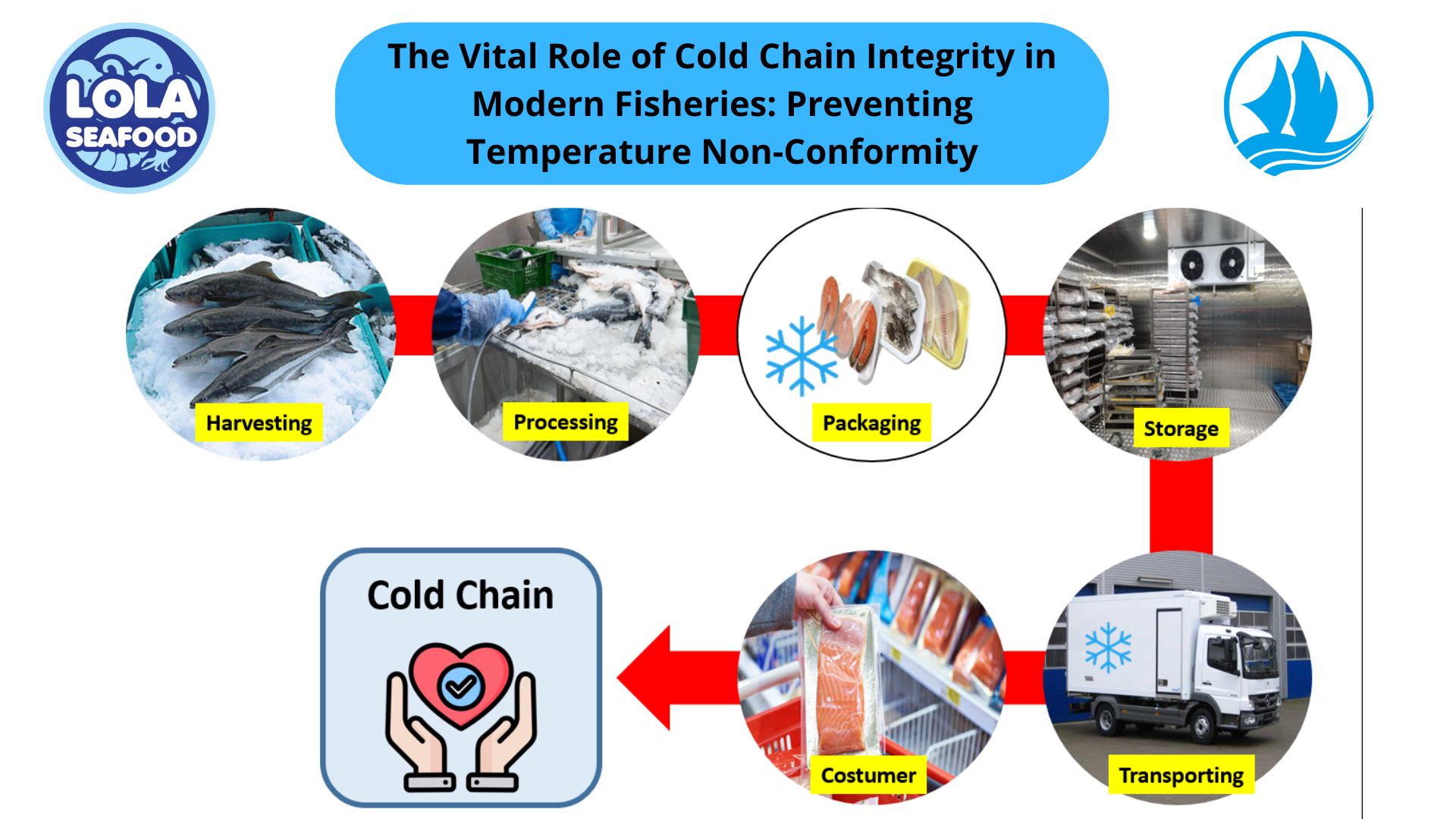
.jpg)
